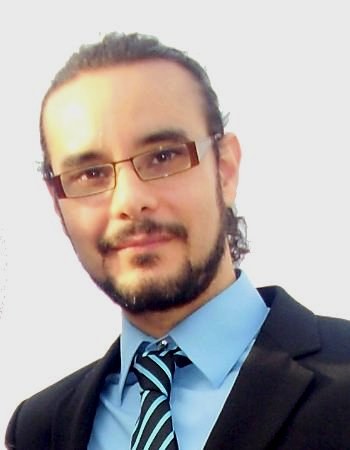Sergio Alonso

Universitat Politècnica de Catalunya (UPC)
Tel.: +34-93-402-1009
e-mail: s.alonso.at.upc.edu
Short CV
2019-present : Associate Professor at the Department of Physics, Universitat Politècnica de Catalunya.
2014-2019: Ramón y Cajal research associate (Tenure track).Department of Applied Physics, Universitat Politècnica de Catalunya.
2011–2014: Postdoctoral research contract. Collective research project SFB 910: Control of self-organizing nonlinear systems, funded by the German Science Foundation. Department of Mathematical Modeling and Data Analysis, German National Institut for Metrology (Physikalisch-Technische Bundesanstalt), Berlin
2007–2010: Postdoctoral research contract. Collective research project SFB 555: Complex Nonlinear processes, funded by the German Science Foundation. Department of Mathematical Modeling and Data Analysis, German National Institut for Metrology (Physikalisch-Technische Bundesanstalt), Berlin
2005-2007: Postdoctoral research contract. Marie Curie Research training network: Unifying principles in non-equilibrium pattern formation, Department of Physical Chemistry, Fritz-Haber Institute of Max-Planck Society, Berlin.
2001-2004: PhD in the Advanced Physics program. PhD thesis title: Propagation of waves in excitable media under spatio-temporal forcing. Department Structure and Constituents of Matter, University of Barcelona.
1999-2001: Substitute assistant professor. Department Structure and Constituents of Matter, University of Barcelona.
1994-1998: Degree on Physics. University of Barcelona.
Research Interests
Modeling in Cell Biology

Computational Cardiac Modeling

Arrhythmias in cardiac tissue are related to irregular electrical wave propagation in the heart. Some types of arrhythmias have been frequently related with fibrosis and ischemia of the tissue, which typically reduce the speed of propagation of the electrical wave. Cardiac tissue is typically model with the continuous cable equations where mathematical instabilities of the waves can give rise to arrhythmias. Furthermore, tissues are formed by a discrete network of cells, which, normally, are far to be homogeneous. Fibrosis are related with non-conducting regions at the cellular level which may gives rise to additional wave production and the onset of arrhythmias.
Theoretical Nonlinear Science

Share: